Art and mindfulness are two practices that naturally complement each other. Both require a deep level of engagement with the present moment, inviting individuals to be present and connect with themselves. While mindfulness is often associated with meditation or yoga, African art practices offer a profound avenue for cultivating mindfulness. These art forms, deeply rooted in cultural traditions and spiritual beliefs, provide not only a creative outlet but also a pathway to greater self-awareness and mental well-being.

Mindfulness involves focusing on the present moment with openness and without judgment. When integrated into art, it encourages a deep, immersive engagement with the creative process. Whether it’s the tactile experience of molding clay or the meditative repetition in weaving, the act of creating art can anchor individuals in the present, fostering a sense of calm and clarity. This process of mindful creation not only soothes the mind but also enhances emotional regulation, reduces stress, and promotes overall well-being.
African art is characterized by its deep connection to spirituality, community, and nature. These elements naturally align with the principles of mindfulness, making African art practices particularly effective for fostering a mindful state.
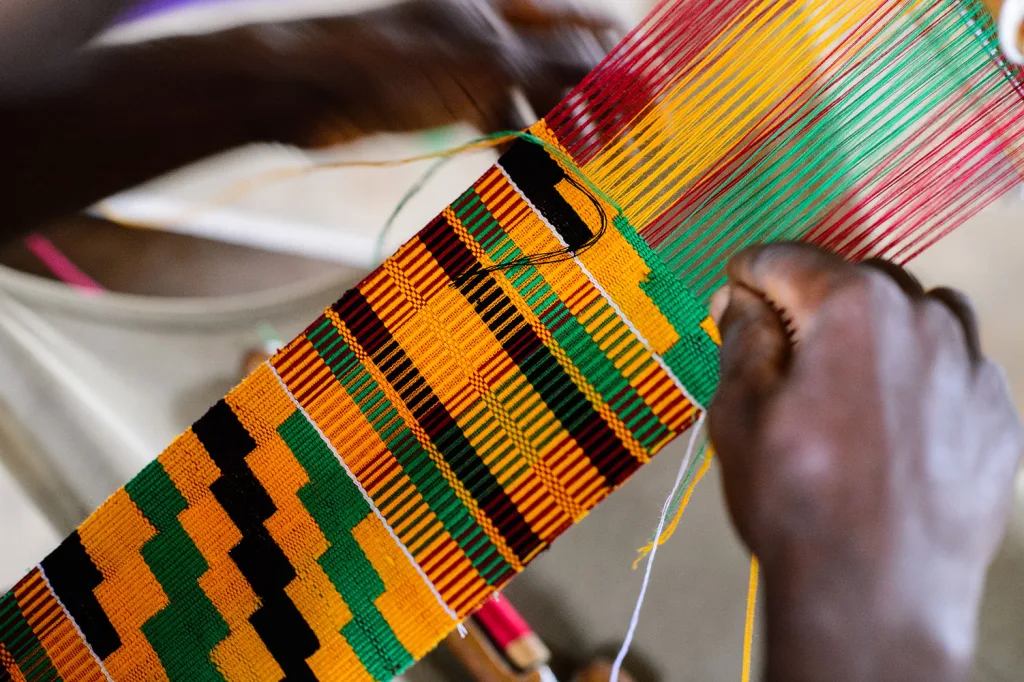
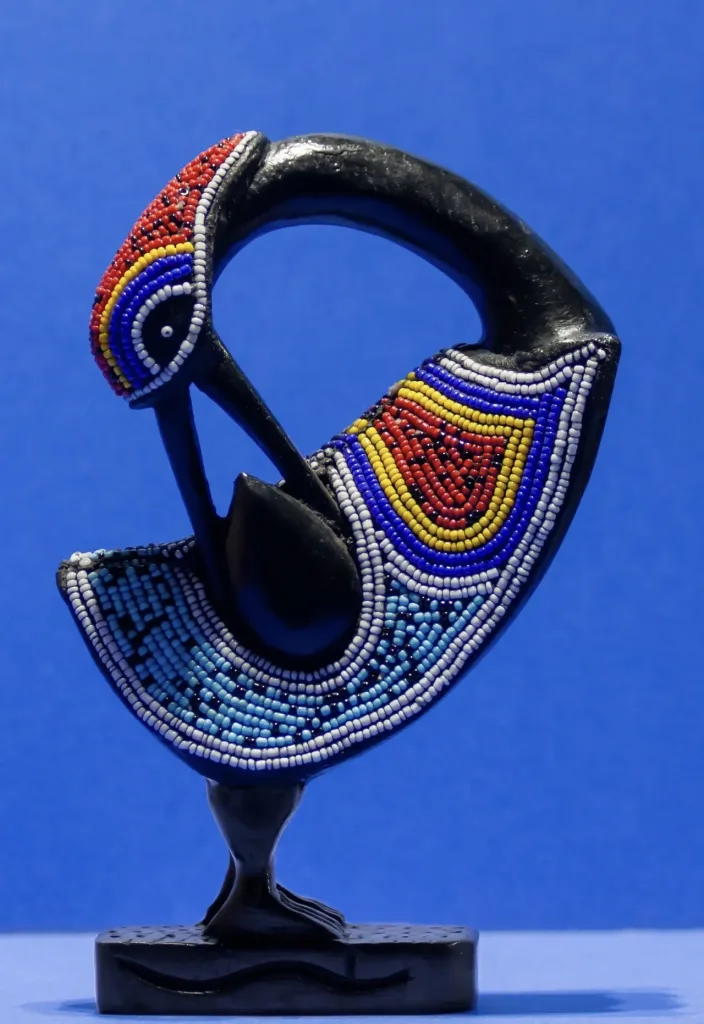
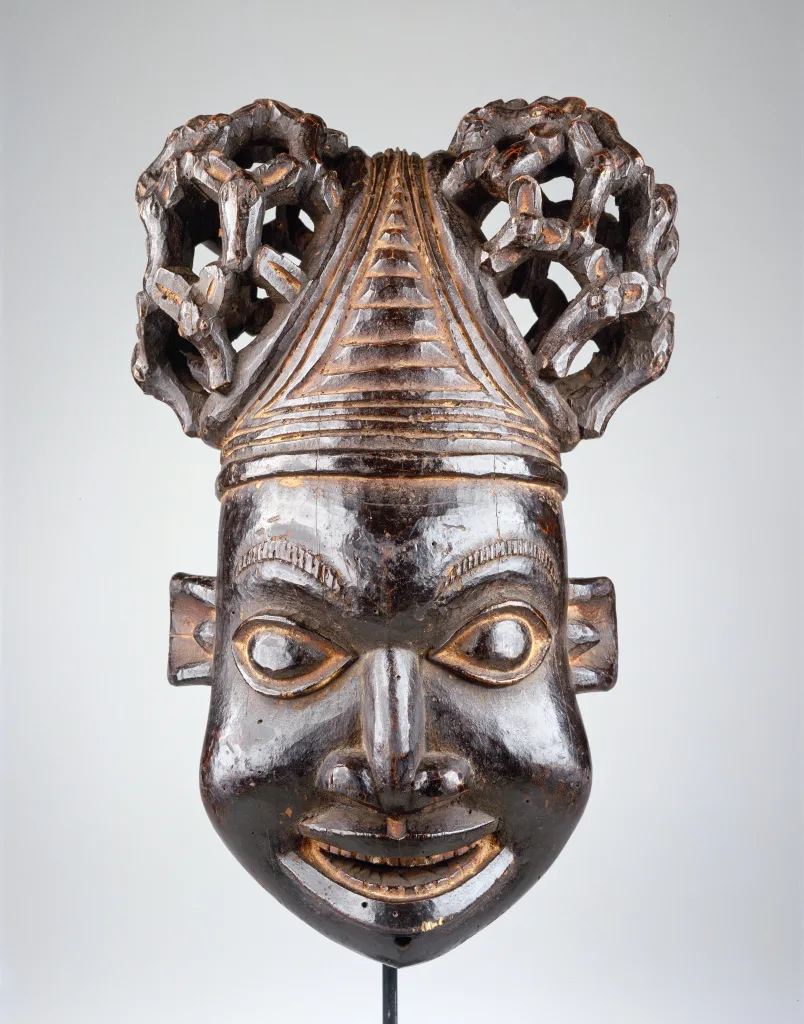
Here’s a glimpse of how diverse African art forms facilitate mindfulness:
Textile Weaving and the Rhythm of Mindfulness
Textile weaving is a prominent art form in many African cultures, known for its intricate patterns and vibrant colours. The process of weaving itself is rhythmic and repetitive, making it a meditative practice. From the Kente cloth in Ghana to the Aso-Oke and Akwete cloth of the Yoruba and Igbo cultures respectively, textile weaving involves meticulous attention to detail and a deep connection to the patterns being woven.
This process not only calms the mind but also connects the weaver to their cultural heritage and the symbolic meanings embedded in the cloth. The weaver must remain fully present, focusing on each thread and pattern, and this fosters a state of mindfulness. Through this, the woven fabric becomes a testament to the transformative power of art and mindfulness, intertwined like the threads themselves.
Adinkra Symbols: Visual Contemplation
Adinkra symbols, originating from the Akan people of Ghana, are rich in meaning and often represent philosophical ideas, proverbs, or cultural concepts. Engaging with these symbols can be a mindful practice, as each invites reflection and introspection.
For instance, the “Sankofa” symbol, meaning “to go back and get it,” encourages individuals to reflect on their past to inform their future—a concept central to mindfulness. Guided by the wisdom of Adinkra symbols, we can embrace a more mindful existence, where reflection and introspection light our way.
Art and Mindfulness Through Mask-Making
Mask-making is a significant art form in many African cultures, often used in rituals, ceremonies, and even for healing. The creation of a mask is not just an artistic endeavor but a spiritual one.
The process involves deep reflection on the symbolism and intents of the mask, requiring the carver to be fully present and intentional in their work.
As the carver carves with purposeful action, their intentional focus shapes not only the craft medium, but also their own spirit, manifesting a profound connection between creativity, culture, and consciousness.
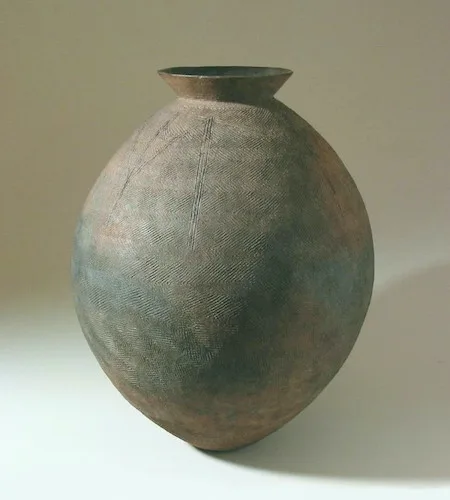

Pottery and the Tactile Engagement with the Present
The art of pottery, widely practiced across African cultures, is another avenue for mindfulness. The tactile experience of shaping clay into functional or decorative objects grounds the artist in the present moment. As the potter works the clay, they focus on the sensations in their hands, the texture of the material, and the rhythm of their movements.
This sensory engagement fosters a deep sense of mindfulness, promoting a connection with the earth and the natural world, which is a central theme in many African cultures.
Storytelling and the Power of Presence
Storytelling is a vital tradition in African culture, used to pass down history, morals, and cultural values. It involves both the act of telling and listening, requiring full presence and engagement.
Whether through oral narratives or visual storytelling, as seen in the ancient rock art of the San people, this practice encourages participants to be fully present, fostering a deep connection with the story and the emotions it evokes. Thus, mindful engagement with the stories promote empathy, understanding, and a sense of community.
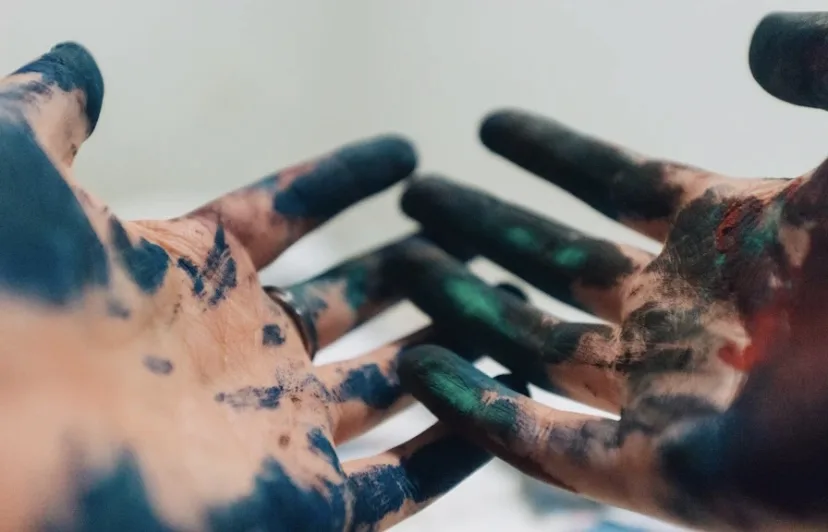
African art practices offer a unique way to slow down and connect with the present moment. By blending mindfulness with creativity, these art forms promote mental well-being while preserving cultural heritage.
Whether through weaving, symbolic imagery, tactile engagement, or stories, African art invites a deeper connection with oneself and the world, fostering inner peace and resilience.


